Sale!
Description
Scatter plots’ primary uses are to observe and show relationships between two numeric variables. The dots in a scatter plot not only report the values of individual data points, but also patterns when the data are taken as a whole. Identification of correlational relationships are common with scatter plots.
Only logged in customers who have purchased this product may leave a review.

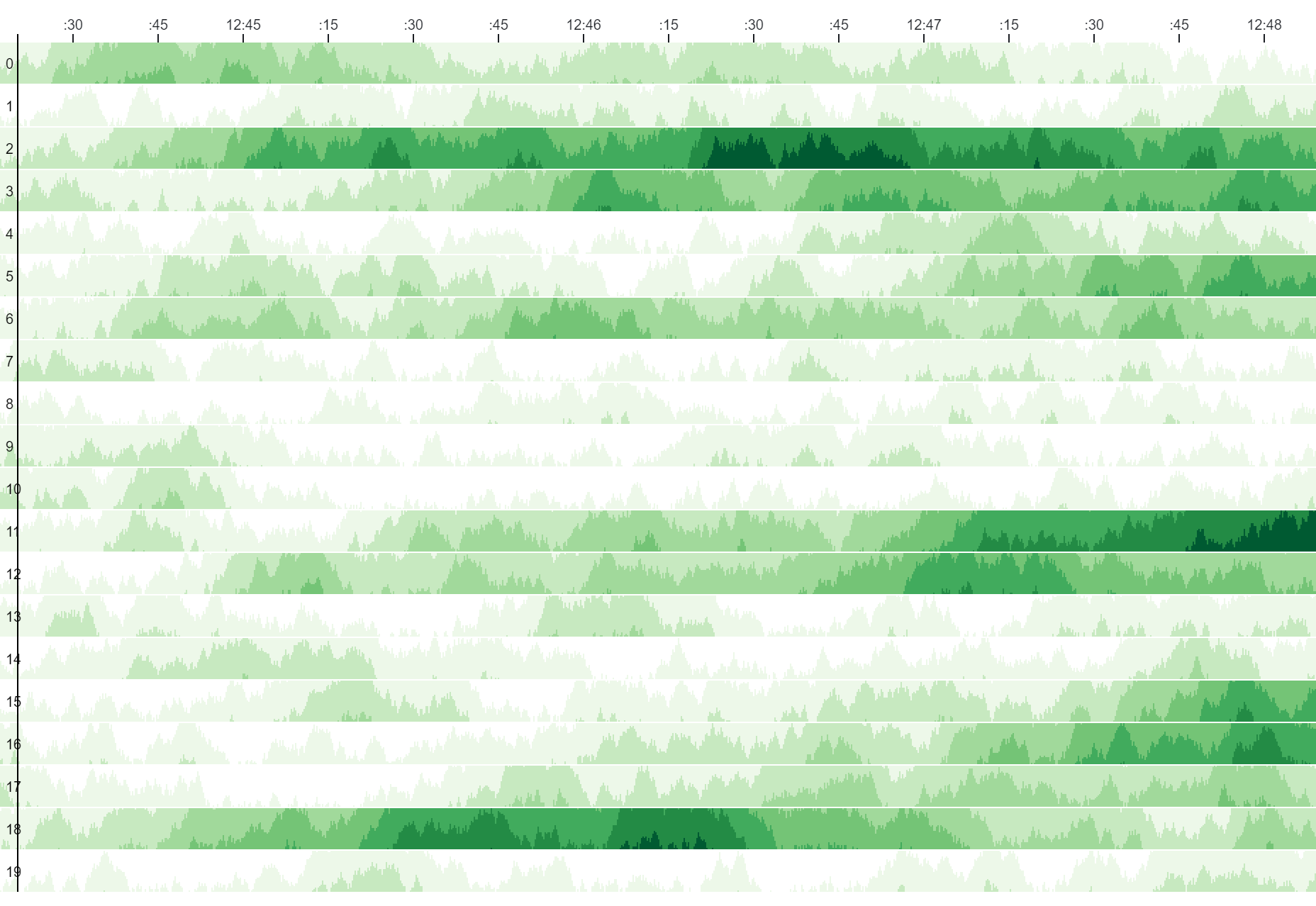
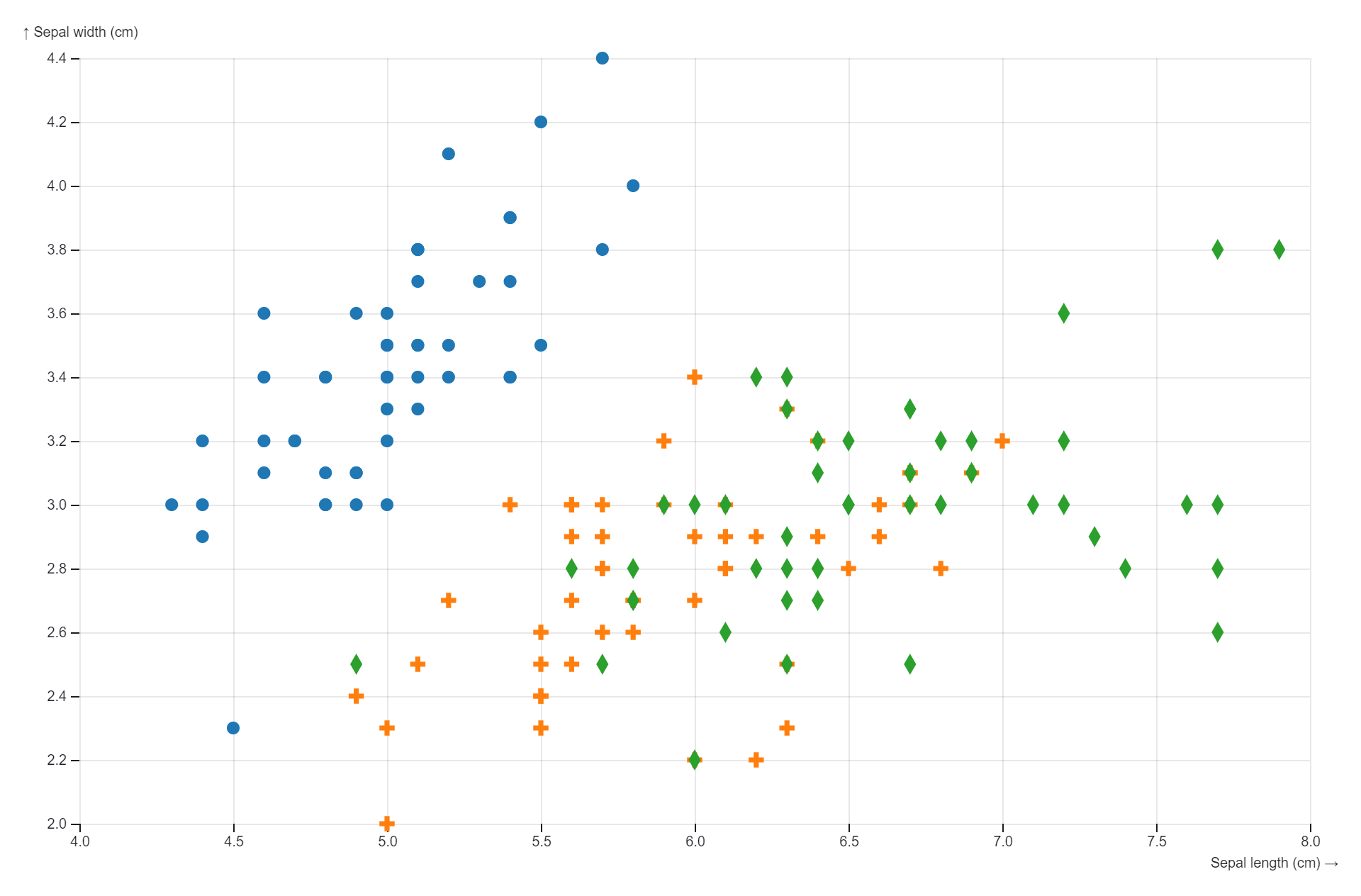
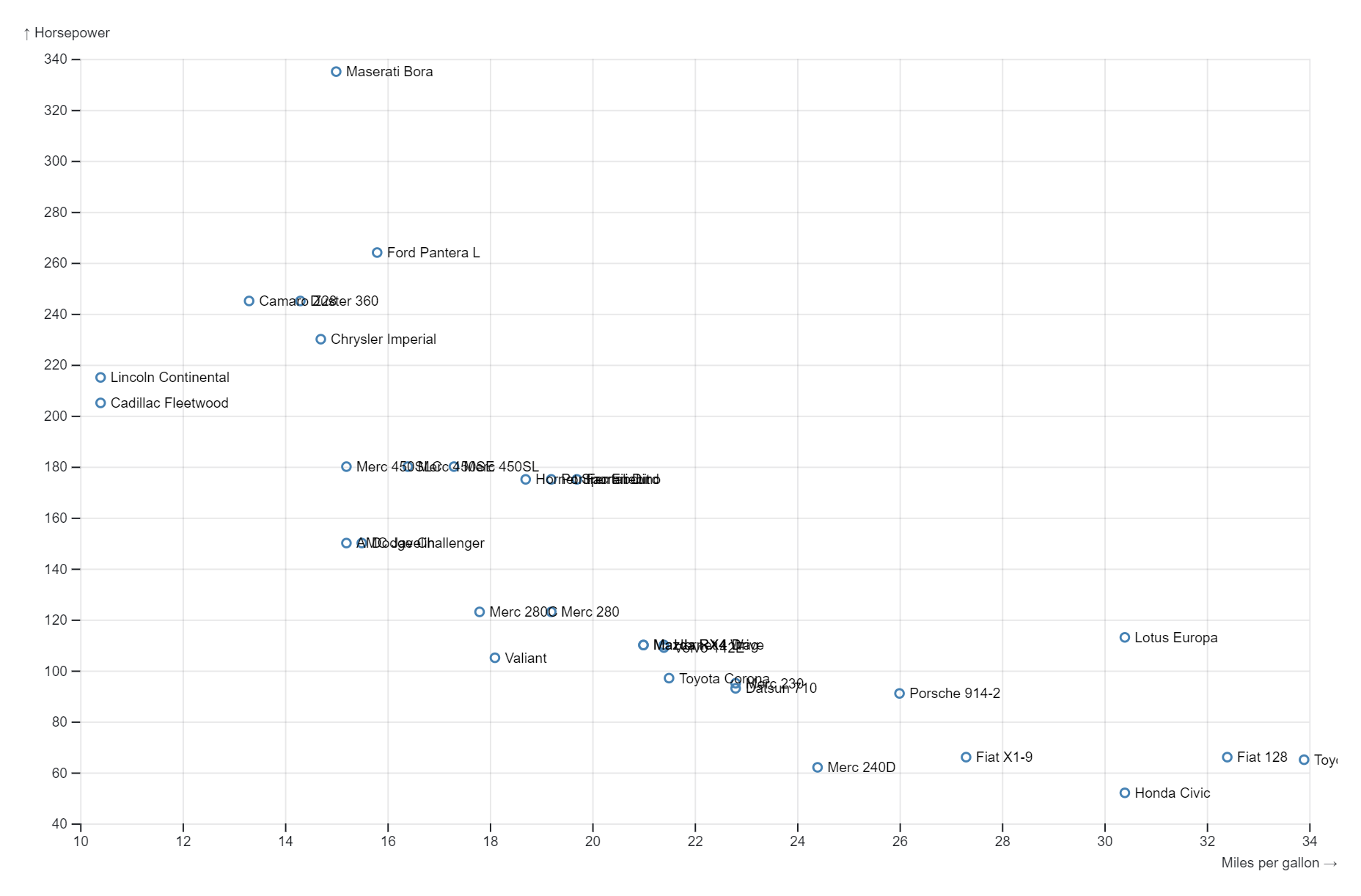
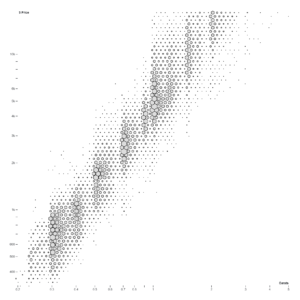
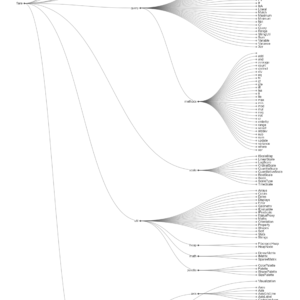
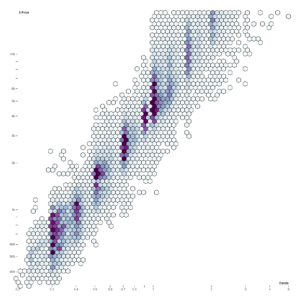
Reviews
There are no reviews yet.